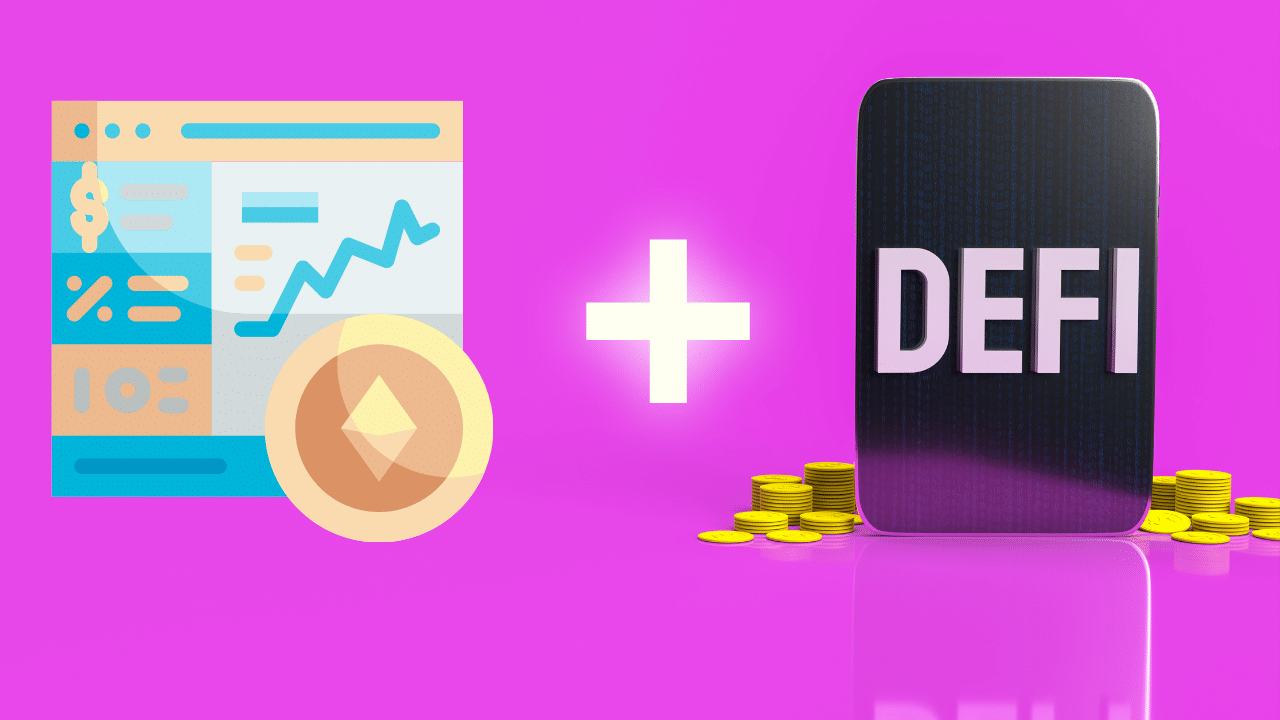Decentralized finance (DeFi) is an emerging model for organizing and enabling cryptocurrency-based transactions, exchanges and financial services.
DeFi’s core premise is that there is no centralized authority to dictate or control operations. It’s a different approach than the traditional models of finance for fiat currency or centralized finance (CeFi) within the cryptocurrency markets. With centralized models, there is a core foundational authority that can influence and control the flow of transactions. The central authority often is also responsible for custody of assets.
With DeFi, there is no central authority. Instead, authority is distributed in a decentralized approach that is intended to provide more power and control to individuals. In the DeFi model, all transactions for buying, selling, loans and payments with cryptocurrency can occur without a central authority in a peer-to-peer (P2P) approach.
Custody of assets is a fundamental component of any financial model. In the DeFi approach, individual traders have control over the private cryptographic encryption keys, which enable custody of cryptocurrency assets. Financial transactions within the DeFi model are enabled with smart contracts that are often supported on Ethereum-based blockchains.
The DeFi model also includes the notion of decentralized exchanges (DEXs) that operate with the purpose of helping to connect and enable individuals looking to execute cryptocurrency transactions. DeFi is also often closely associated with the concept of decentralized apps (dApps), typically for financial services use cases.
DeFi relies on the use of a blockchain, which is often based on Ethereum in many DeFi operations.
A blockchain is a form of immutable distributed ledger that cryptographically secures entries, which are used for transactions. Blockchains are also the basis of cryptocurrencies, which are tokens that are created in a blockchain that have value.
With an Ethereum-based blockchain, smart contracts help the DeFi model work. A smart contract is an application that runs on a blockchain using the inherent distributed ledger and cryptographic encryption capabilities. The smart contract specifies terms and conditions for the execution of a given operation.
Instead of a central authority enabling a transaction to occur, a smart contract is programmatically enabled to perform the financial transaction that is specified in the contract. A smart contract can hold cryptocurrency assets that can be sent from one entity to another.
With DeFi smart contracts, the terms and conditions of a transaction are also transparent and available as code, which means they are viewable by others to audit and analyze. There is no need for a central authority to enable a smart contract with DeFi as the system works in a P2P model. As such, if two peers can agree to execute a transaction, it can be done without the need for a third-party central authority.
Within the DeFi model and its usage of smart contracts, there is an emphasis on empowering the individual user. Cryptocurrency asset custody relies on control of both private and public encryption keys. With the decentralized approach, custody in the form of the private cryptographic encryption keys are held by the individual.
With cryptocurrency-related financial services, there are two prevailing models in use today with CeFi and DeFi. When comparing CeFi vs. DeFi, it’s important to note that there are similarities and differences between the two approaches.
Both models enable traders to buy, sell and loan cryptocurrency assets and have a concept of an exchange that can help to facilitate transactions. Blockchain-based technologies are also central to both CeFi and DeFi models.
The two approaches differ with dramatic results in organization and management. The CeFi model relies on a central authority to govern transactions. The central authority also holds custody over assets.
In contrast, the DeFi approach relies on smart contracts and a P2P decentralized approach to enable financial services. Instead of asset custody being the responsibility of the centralized exchanges, it is the individual users that hold custody of their own cryptocurrency assets.
DeFi offers users a number of benefits that can help to improve confidence, security and trust in cryptocurrency-based transactions and applications, including the following:
While DeFi has its fair share of benefits, it also has several potential challenges, including the following:
There are a broad range of use cases where DeFi is being implemented today, including the following:
There are multiple DeFi services and platforms available today, including the following:
Affinity marketing is a type of direct marketing in which a business forms a partnership with an organization to provide goods or services in exchange for access to a new market. See More.
Net neutrality is the concept of an open, equal internet for everyone, regardless of content consumed or the device, application …
Network scanning is a procedure for identifying active devices on a network by employing a feature or features in the network …
Networking, also known as computer networking, is the practice of transporting and exchanging data between nodes over a shared …
Security information and event management (SIEM) is an approach to security management that combines security information …
Role-based access control (RBAC) is a method of restricting network access based on the roles of individual users within an …
The Payment Card Industry Data Security Standard (PCI DSS) is a widely accepted set of policies and procedures intended to …
IT budget is the amount of money spent on an organization’s information technology systems and services. It includes compensation…
Project scope is the part of project planning that involves determining and documenting a list of specific project goals, …
For any organization, its core competencies refer to the capabilities, knowledge, skills and resources that constitute its ‘…
Employee onboarding involves all the steps needed to get a new employee successfully deployed and productive, while offboarding …
Succession planning is the strategic process of identifying and developing internal candidates to fill key organizational roles …
Recruitment is the process of finding, screening, hiring and onboarding qualified job candidates.
A chatbot is a software or computer program that simulates human conversation or “chatter” through text or voice interactions.
Martech (marketing technology) refers to the integration of software tools, platforms, and applications designed to streamline …
Transactional marketing is a business strategy that focuses on single, point-of-sale transactions.
All Rights Reserved,
Copyright 1999 – 2024, TechTarget
Privacy Policy
Cookie Preferences
Cookie Preferences
Do Not Sell or Share My Personal Information



